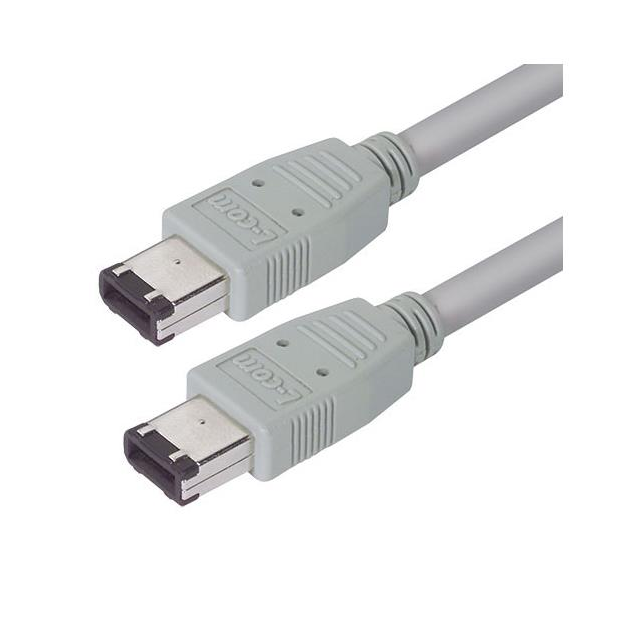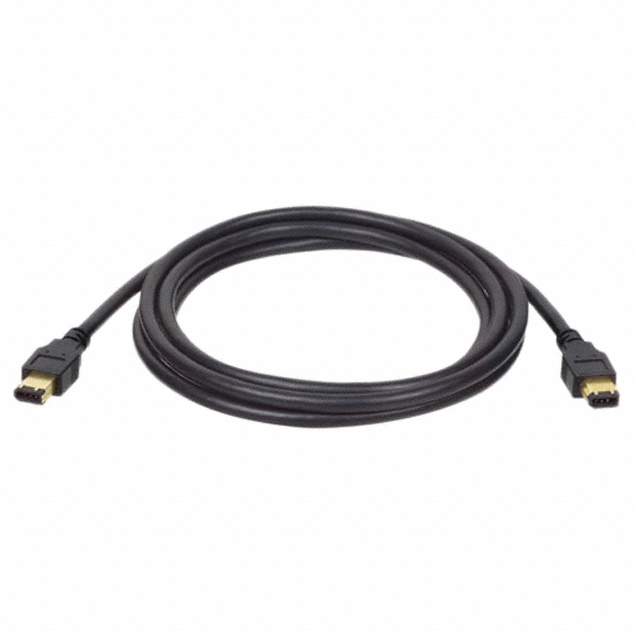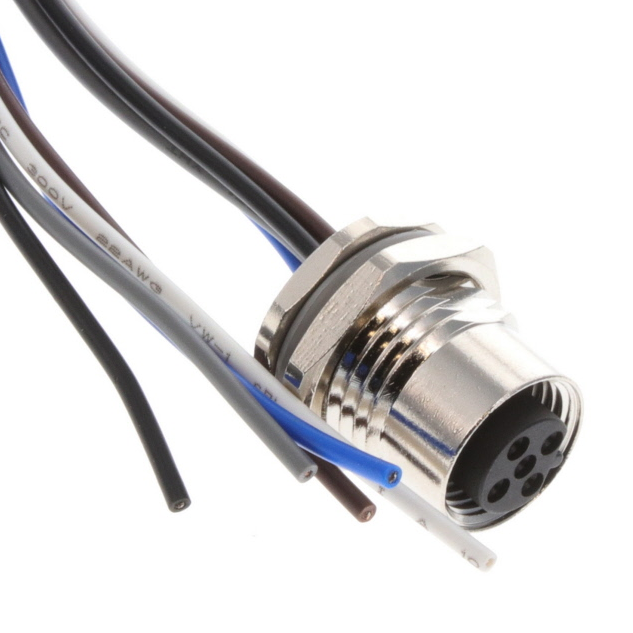Keeping progressing, Pursuing integrity, Embracing future
The basic structure and components of cables mainly include the following parts:
1. Conductor
Function: Conductors are responsible for transmitting current or signals. Common materials include copper and aluminum.
Type: It can be a single stranded conductor or a multi stranded conductor, with the latter being more flexible.
2. Insulation layer
Function: The insulation layer wraps around the outside of the conductor to prevent current leakage and short circuits.
Materials: Common insulation materials include polyvinyl chloride (PVC), polyethylene (PE), polyurethane (PUR), etc.
3. Shielding layer
Function: The shielding layer is used to prevent external electromagnetic interference (EMI) from affecting the signal and enhance the integrity of the signal.
Materials: Copper or aluminum foil, woven mesh, or other conductive materials are usually used.
4. Sheath
Function: The sheath is the outer layer of the cable, protecting the internal structure from mechanical damage, chemical corrosion, and environmental factors.
Materials: Common materials include PVC, rubber, polyethylene, etc.
5. Filler
Function: Filler is used in multi conductor cables to maintain structural stability and prevent movement between conductors.
Material: Usually polymer or fiber material.
6. Strengthen the core
Function: In some cables, reinforced cores are used to improve the tensile strength and bending resistance of the cable.
Material: It can be steel wire, fiber, or other materials.
7. Identification and coding
Function: Provide cable specifications, usage, and other important information for easy identification and installation.
Inquiry
LATEST BLOGS
INQUIRY
RELATED PRODUCTS
 How to evaluate the lifespan of wiring harnessesRCD has over a decade of experience in the assembly of cables and connectors required for outdoor harsh environment equipment.
How to evaluate the lifespan of wiring harnessesRCD has over a decade of experience in the assembly of cables and connectors required for outdoor harsh environment equipment. What is the best practice for wiring harness routingRCD has over a decade of experience in the assembly of cables and connectors required for outdoor harsh environment equipment.
What is the best practice for wiring harness routingRCD has over a decade of experience in the assembly of cables and connectors required for outdoor harsh environment equipment. What factors need to be considered in wire harness designRCD has over a decade of experience in the assembly of cables and connectors required for outdoor harsh environment equipment.
What factors need to be considered in wire harness designRCD has over a decade of experience in the assembly of cables and connectors required for outdoor harsh environment equipment.




